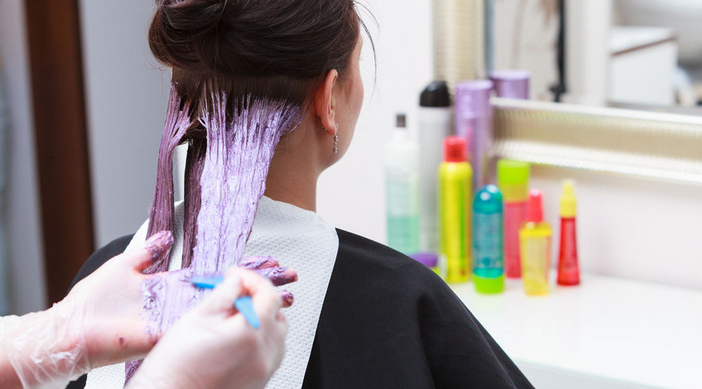The first thing that comes to your mind when you visit a salon ios to consult an expert about what will look good on you. But sometimes, it becomes difficult for the layman to understand the technical terms that an expert is trying to communicate. The experts and the colorists try explaining the process of coloring by using terms like, double-process, fillers, gradient, demi-permanent, toners, warm, brassy, monochromatic and neutral and you are confused about what everything means. You end up smiling and nodding and wish that you both are on the same track, and the colorist will do what you are asking them to. So, let us just take some time and debunk some of the terminologies used in the coloring world.
- Warm and Brassy: This is one thing that is asked by many of the people willing to color their hair. “Brassy” indicates not much required warm tones like, yellow, red and orange. Many times “Brassy” is mistaken for “gold” or “warmth” but they are two different things. Gold and red are two colors that play a significant role in making beautiful hair color. Without the use of these colors, our hair will not have any shine and look dull. Most of the celebrities prefer the use of warm colors all through the ends and midshafts, even if they have a neutral toned or cool base. Many times people are confused with warm blonde and brassy blonde. The simple answer to this question is where the warmth is placed to cover the hair.
- Permanent color: Does the name specifies its meaning? All the categories of color available whether it be demi-permanent, temporary or permanent starts fading after a certain time. The only difference is that the natural pigments of the hair get altered by the application of the permanent colors after the artificial pigment of the color fades. This is the reason tones of red starts appearing 4 to 6 weeks later the application of the color. The permanent colors have an ammonium content that removes the natural pigments of the hair so as to deposit the synthetic pigment to achieve the results. When this synthetic pigment starts fading, all the natural pigment left starts coming out. Permanent colors cover the maximum grey hair and give richness and warmth to the hair.
- Demi-permanent or semi-permanent and temporary colors: When we say not all the permanent colors are permanent the same goes with the temporary colors as well. A semi or demi permanent color will least harm the natural pigment of the hair. This type of color is best for blending the grey hair and also does not leave any line of demarcation as it grows. This indicates less maintenance than permanent color making your hair look more natural and healthy. People who have darker and healthy hair do not face any problems when the temporary color fades away as it does not leave a hint of its application. But with blonde hair, continuous use and overlapping the color the temporary color can turn out to be permanent. So follow the professional’s advice.
The above-stated terminologies are just guidelines that you should follow when you wish to get your hair colored. Seek for an advice from a professional, about what will suit your skin color and hair texture.

